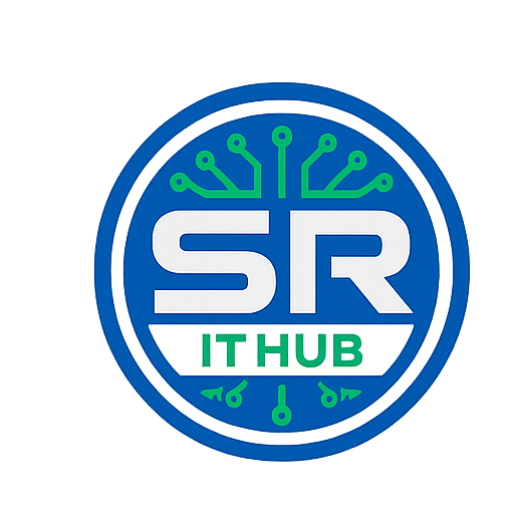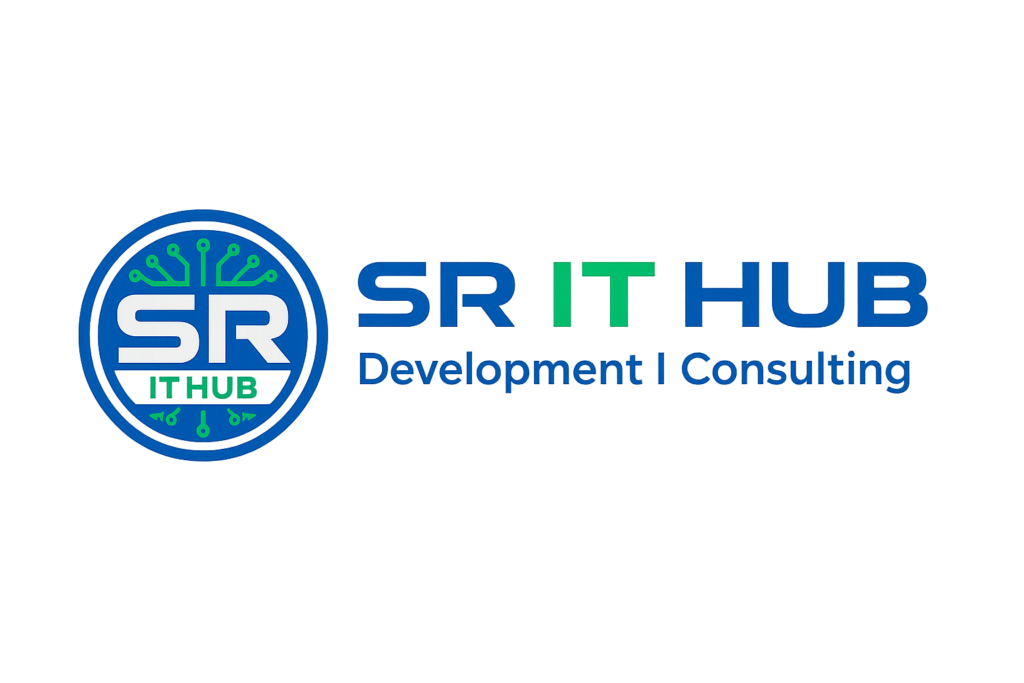Abstract
Computer user behavior is represented as the sequence of the commands she/he types during her/his work. This sequence is transformed into a distribution of relevant subsequences of commands in order to find out a profile that defines its behavior. While this information is a valuable resource, its sheer volume limits its value. Many research projects and companies are exploring the use of personalized applications that manage this deluge by tailoring the information presented to individual users. These applications all need to gather, and exploit, some information about individuals in order to be effective. This area is broadly called user profiling. This chapter surveys some of the most popular techniques for collecting information about users, representing, and building user profiles. In particular, explicit information techniques are contrasted with implicitly collected user information using browser caches, proxy servers, browser agents, desktop agents, and search logs. We discuss in detail user profiles represented as weighted keywords, working environment, and weighted concepts. We review how each of these profiles is constructed and give examples of projects that employ each of these techniques. Finally, a brief discussion of the importance of privacy protection in profiling is presented. The main goal of these systems is to improve the user queries which are supposed to represent their information needs. This customization may take the form of filtering out irrelevant information and/or identifying additional information of likely interest for the user. Research into personalization is ongoing in the fields of information retrieval, artificial intelligence, and data mining, among others.
Existing System
User profile is defined as the description of the user interests, characteristics, behaviors, and preferences. User profiling is the practice of gathering, organizing, and interpreting the user profile information. In existing system, most of the user profiles do not change according to the environment and new goals of the user. Static profiles are created in the existing system. Most existing techniques for user recognition assume the availability of handcrafted user profiles, which encode the a-priori known behavioral repertoire of the observed user. However, the construction of effective user profiles is a difficult problem for different reasons: human behavior is often erratic, and sometimes humans behave differently because of a change in their goals. This last problem makes necessary that the user profiles we create evolve. There exists several definitions for user profile. It can be defined as the description of the user interests, characteristics, behaviors, and preferences. User profiling is the practice of gathering, organizing, and interpreting the user profile information. In recent years, significant work has been carried out for profiling users, but most of the user profiles do not change according to the environment and new goals of the user.
Proposed System
An adaptive approach for creating behavior profiles and recognizing computer users. We call this approach Evolving Agent behavior Classification based on Distributions of relevant events (EVABCD) and it is based on representing the observed behavior of an agent (computer user) as an adaptive distribution of her/his relevant atomic behaviors (events). Once the model has been created, EVABCD presents an evolving method for updating and evolving the user profiles and classifying an observed user. The approach we present is generalizable to all kinds of user behaviors represented by a sequence of events. UNIX operating system environment is used in this research for explaining and evaluating EVABCD. A user behavior is represented in this case by a sequence of UNIX commands typed by a computer user in a command-line interface. Previous research studies in this environment , focus on detecting masquerades (individuals who impersonate other users on computer networks and systems) from sequences of UNIX commands. However, EVABCD creates evolving user profiles and classifies new users into one of the previously created profiles. An evolving classifier, it is constantly learning and adapting the existing classifier structure to accommodate the newly observed emerging behaviors.
SYSTEM REQUIREMENTS
SOFTWARE REQUIREMENTS:
• Web Technologies : HTML, CSS, JS. JSP
• Programming Language : Java and J2EE
• Database Connectivity : JDBC
• Backend Database : MySQL
• Operating System : Windows 08/10
HARDWARE REQUIREMENTS:
- Processor : Core I3
- RAM Capacity : 2 GB
- Hard Disk : 250 GB
- Monitor : 15″ Color
- Mouse : Two or Three Button Mouse
- Key Board : Windows 08/10

